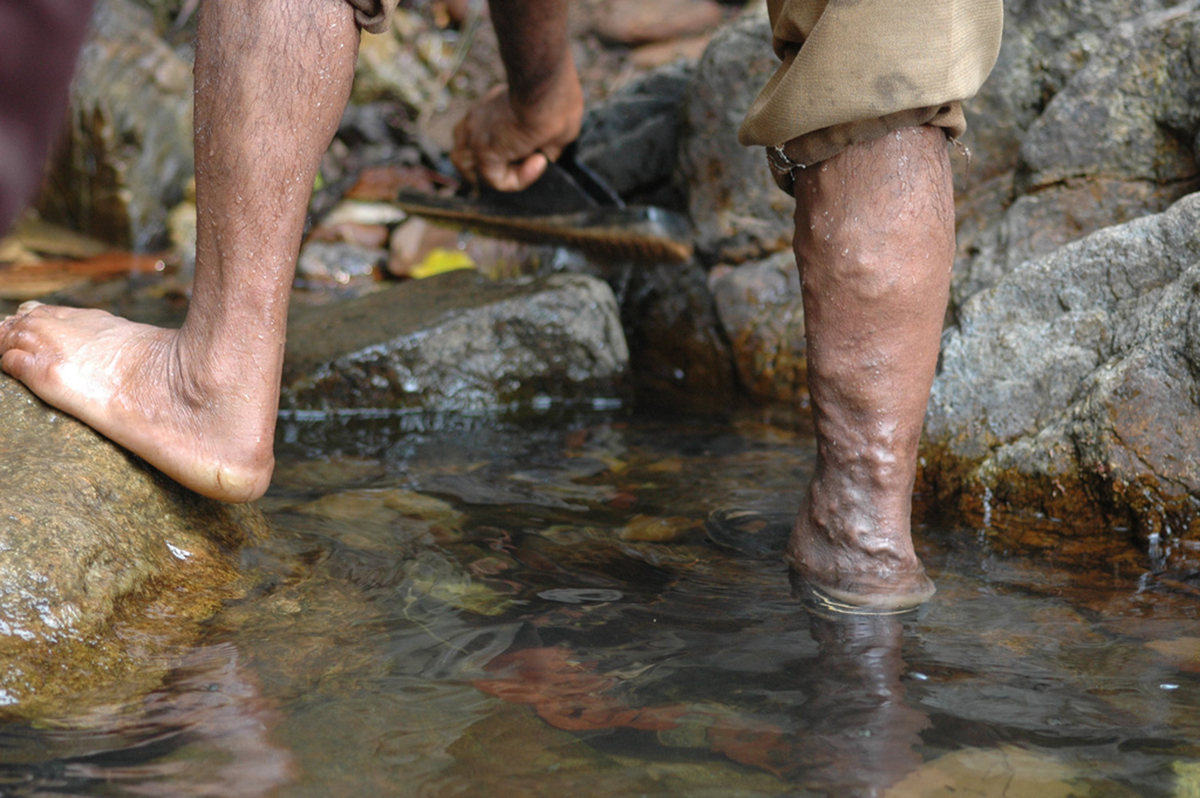
Spider Veins on Legs
Acommon condition affecting nearly 35% of the world's population, varicose veins are more commonly known as spider veins. These become apparent over time and are mostly seen on the legs, the hands and the face. They are mostly dark blue or purple when on the legs and deep red when on the hands. They are known colloquially as spider veins due to their similarity in appearance to spider webs. More commonly found in women than in men, these will start to develop in people from the age of 40 and onwards. They will usually appear on the face, behind the knees, on the calves or on the inner thighs.
Typically,spider veins develop for a number of reasons, including the weakening of the walls of blood vessels in the legs, hands and face as a result of aging. Obesity or hormonal changes due to pregnancy or menopause can also cause varicose veins. Tightly fitted clothing can disrupt the blood vessels under the skin and some birth control pills include varicose veins as a potential side effect. Some people simply have spider veins in their genes.
TreatingSpider Veins
Varicoseveins are mostly completely harmless and unobtrusive, necessitating no medical attention of any kind. The only issue is an aesthetic one. Women especially find this distressing and many seek simple remedies to reduce the appearance of varicose veins. In some cases, however, varicose veins can cause cramping, itching, swelling, pain, blood clots or discoloration of the skin, and may require certain treatments to remedy.
Lasertreatment is a fairly new procedure that tends to work quite well. The laser is directed to painlessly burn away the damaged tissue of the affected veins, which is subsequently flushed away by the body's natural processes. This treatment is typically suggested for veins that are too small for the more conventional method of injection, called sclerotherapy.
Sclerotherapyinvolved injecting a specially prepared liquid into the varicose vein itself. This solution terminates the blood vessel, which then transforms into dead tissue matter and is then naturally removed by the body. An injection is required for each varicose vein, but the entire procedure is mostly painless and is very safe with very few side effects.
Another,much more drastic method for dealing with spider veins is to remove them entirely from the leg by a procedure called an ambulatoryphlebectomy.
Spiderveins can be prevented or at least reduced by a regimen of frequent exercise, balanced dieting including plenty of fiber and, of course, drinking plenty of water.


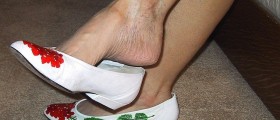


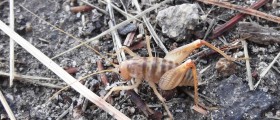

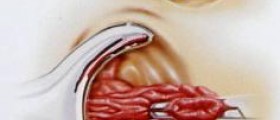

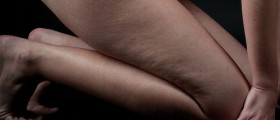
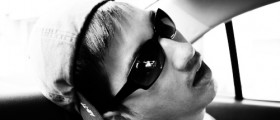



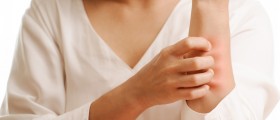
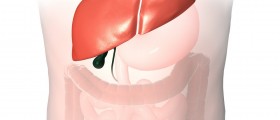
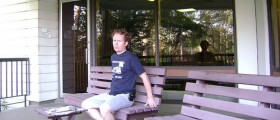
Your thoughts on this
Loading...